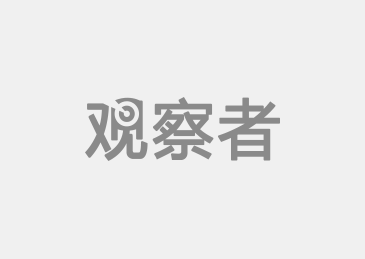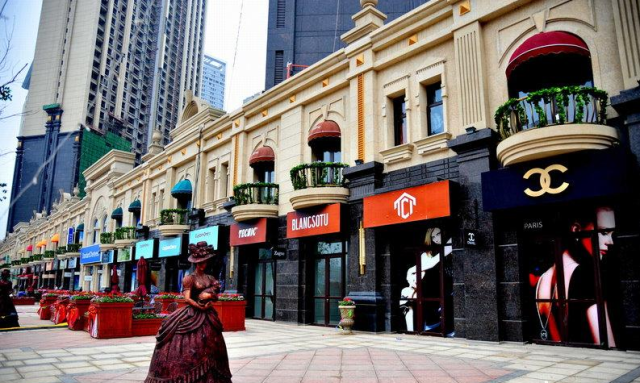TaiShang
ELITE MEMBER

- Joined
- Apr 30, 2014
- Messages
- 27,848
- Reaction score
- 70
- Country
- Location
In most Chinese cities, no need a car.
Unless you'd like to get stuck on a 10 -lanes city expressway 1km from your workplace for half an hour.
Follow along with the video below to see how to install our site as a web app on your home screen.
Note: This feature may not be available in some browsers.

In most Chinese cities, no need a car.
Unless you'd like to get stuck on a 10 -lanes city expressway 1km from your workplace for half an hour.

Not sure about Dr. Ke P.'s new public bike policy in Taipei.

It is great to provide ebike for free to public usage.Not sure about Dr. Ke P.'s new public bike policy in Taipei.
But here, it's free.
View attachment 308001



Not sure about Dr. Ke P.'s new public bike policy in Taipei.
But here, it's free.
View attachment 308001
Coming off a rough fiscal second quarter (January through March), a period that saw iPhone sales decline 26% in the Greater China region year-over-year, Apple had an 8.2% market share for April. The Greater China region includes mainland China, Hong Kong, Macau and Taiwan, and counts them as if they were one cohesive market.



It is great to provide ebike for free to public usage.
Where are they, my pal?


Central China has quite significant presence in PDFYou can see in the picture..武汉(Wuhan)

I also live in Wuhan.

Smart TV in China is more crazier than products abroad. And I know there are a lot of overseas Chinese from mainland having a on-top box at home for Chinese channels. But if you mean embed such function into a smart TV, then the copyright issue comes. I known a friend in Australia using such box which is designed for overseas Chinese to watch Chinese-subtitiled movies and shows. It's not very legal? They just have copyright in mainland China I think.Going forward in the future, Chinese company should become more marketing-savvy and build more distribution channels for overseas customers. Don't forget there are 30 millions plus Chinese living in overseas, this customer base along can make any company succeed.
For instance recently I bought a Samsung smart TV because Chinese smart TV like Haiseng still lack of some functionalities. Chinese migrants here used to install costly satellite dish at home to watch Chinese TV channels. Nowadays we all use a tiny add-on box to the TV set to watch through the internet. My question is why can the Chinese TV makers explore this opportunity to build a TV set with this function embedded to appeal the overseas Chinese?

seems like Samsung and Apple will be kick out of China's phone market soon !
what a pity!!!
you can never imagine this great myth from all the third world and developed nations !
The next target would be automobiles !!!
Yes copy right maybe one of the concerns here. But most people would just want watching Mainland TV channels, most of those Western/Chinese movies and Korean/Chinese dramas are available online anyway, hence can be deleted from the box. It will be very market-savvy for a Chinese co. to manufacture a smart TV enabling viewers to watch Chinese TV channels for overseas market.Central China has quite significant presence in PDF
I like the blue.
View attachment 308039
Smart TV in China is more crazier than products abroad. And I know there are a lot of overseas Chinese from mainland having a on-top box at home for Chinese channels. But if you mean embed such function into a smart TV, then the copyright issue comes. I known a friend in Australia using such box which is designed for overseas Chinese to watch Chinese-subtitiled movies and shows. It's not very legal? They just have copyright in mainland China I think.

Another very cool Made in China....Th first such robot-attendant car park will be built in Nanjing in 2 months. wow...




I think you must love it @Chinese Bamboo


A good watch, can you upload here?

Very creative ...
a new shanzhai shopping street near Wanda Square in Shenyang

CHANEL vs. CNANEL
Hermès vs. Herwès
PRADA vs. PRΛDΛ
Cartier vs. Cairter
Ermenegildo Zegna vs. Ermanegildo Zegne;
TIFFANY vs. TIFEANY
Standard Chartered vs. Standard Chertered
Starbucks vs. Starbocks
According to a saleswoman at Shenyang Wanda, the entire property has just been put to use. The boutique shopping strip is developed by Wanda, and all the shops “are fakes for marketing purpose only.”
The strip mall, which is promoted as a “European-style pedestrian street”, is sold at RMB 44 thousand yuan per square meter. The shops are decorated as top-brand boutiques as a way of marketing to lure in more investments.
